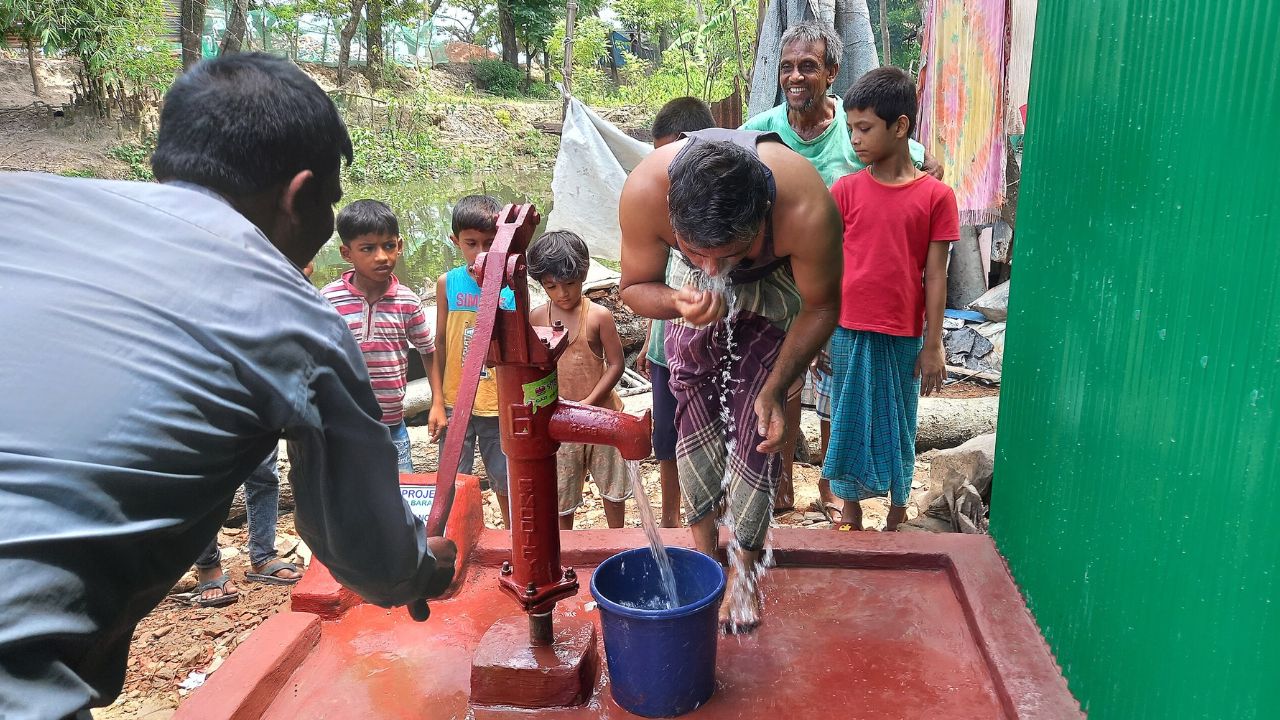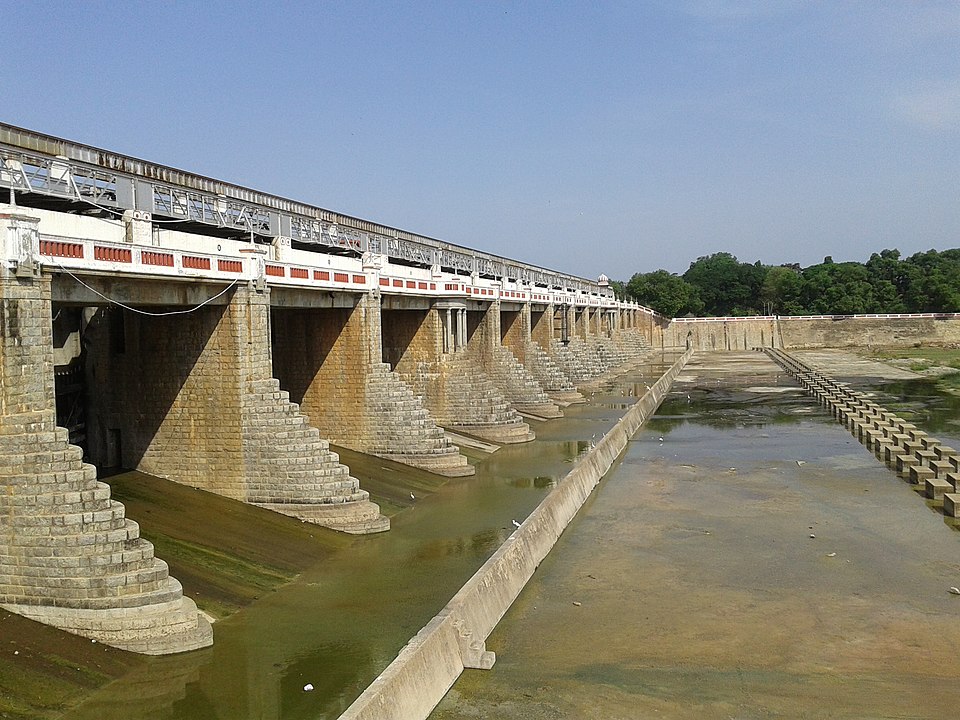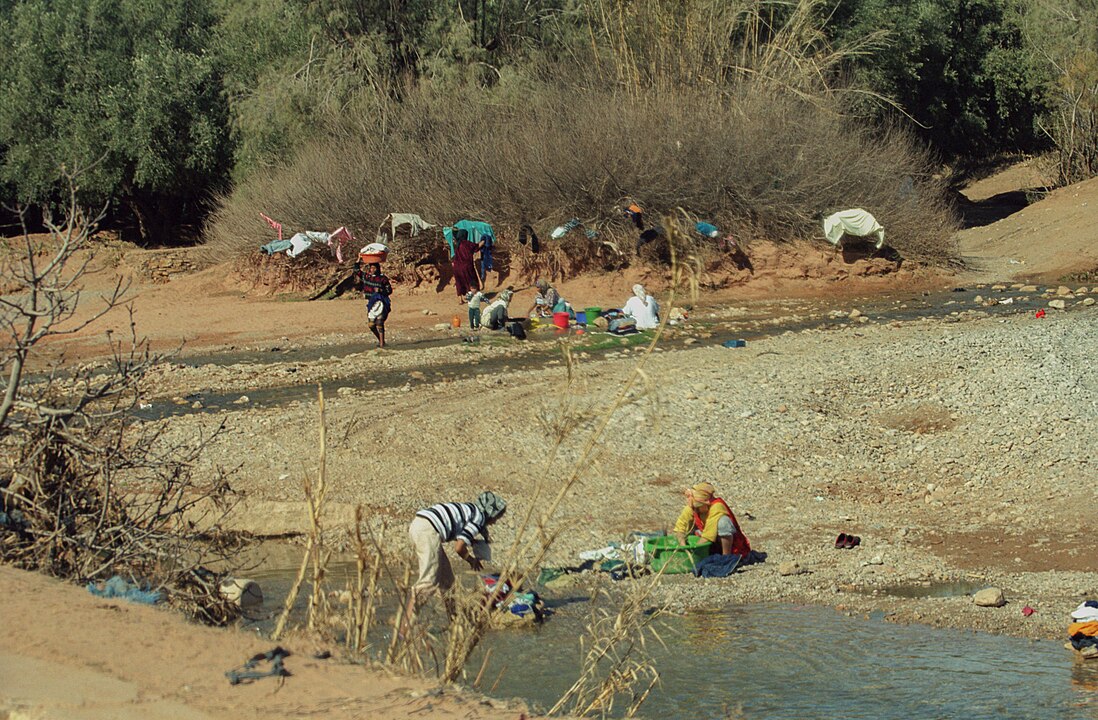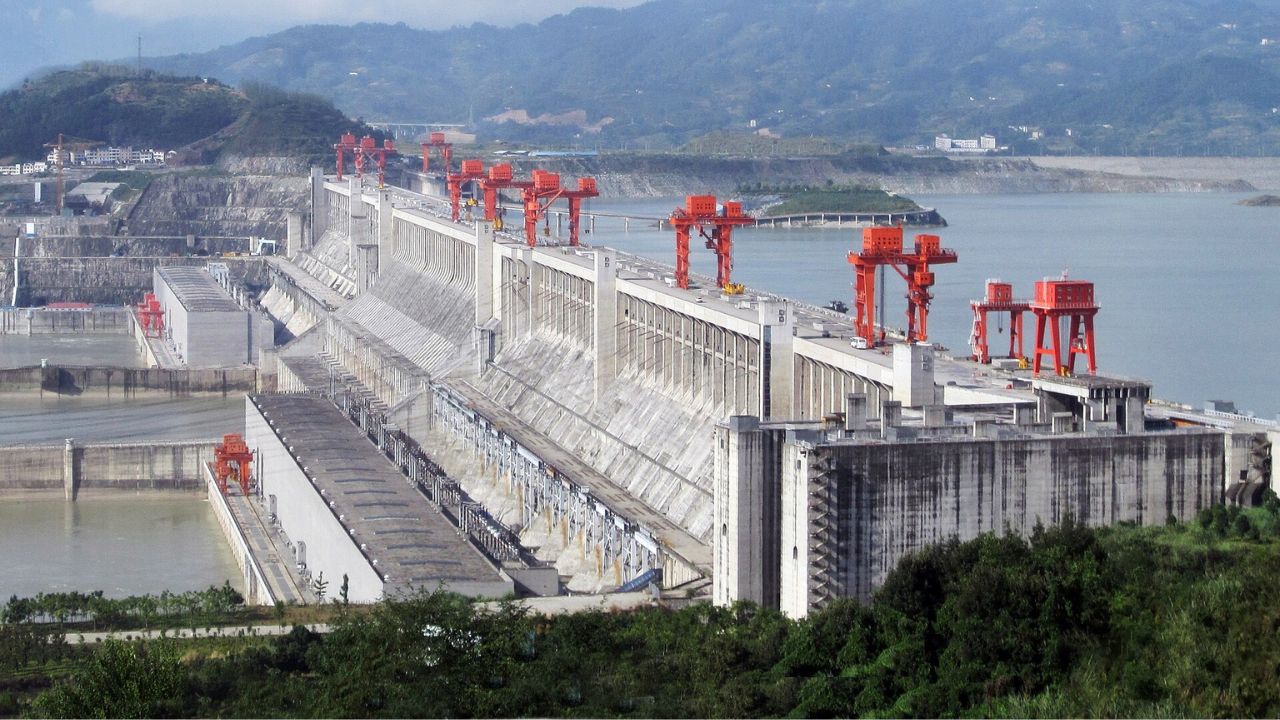“Day Zero” sounds like sci-fi, but it describes a very real moment when a city has so little treated water available that taps are shut off for most households and strict pickups begin. No one wants to reach that point. Yet several cities already flirted with it in recent years, and others are managing chronic shortages that could tip into emergencies if drought and demand collide.
This guide explains what Day Zero actually means, which cities experts watch most closely, and how leaders are trying to prevent worst-case scenarios. It is about water security and public planning, not money. The focus is people, climate, and smart fixes that work in the real world.
What Day Zero really means
“Day Zero” is not the day a city literally has no water anywhere. It is the day normal distribution breaks. Utilities switch off most household connections, then issue limited rations at collection points. Cape Town’s close call in 2018 popularized the term and showed how communication, cutbacks, and new supplies can push that date back.
Risk is a mix of exposure and choices. Exposure includes drought, heat, and shrinking rivers. Choices include how fast a city leaks treated water, whether it relies on one reservoir, and how it manages growth. Global bodies like the World Meteorological Organization and the United Nations report that hydrological swings are intensifying. That means more “too dry” in some places and sudden floods in others, both of which stress urban systems.
Cities can avoid crisis by diversifying supplies and lowering daily demand. Desalination, water reuse, and aquifer recharge help. So do low-tech wins like finding leaks, replacing pipes, and sharing real-time data so residents can see progress. None of this is flashy, but in a tight decade it matters.
Cities to watch in the 2020s

The cities below faced recent emergencies or manage chronic stress. Being “at risk” does not mean collapse is certain. It means leaders must keep drought planning, leak control, and backup supplies moving, especially as climate extremes intensify.
Mexico City, Mexico
Parts of the capital faced rationing in 2024 and early 2025, tied to low reservoirs, subsidence, and aging pipes. Authorities track the Cutzamala system weekly, and swings between dry months and soaking summers show how fragile the balance remains.
Barcelona, Spain
Catalonia declared a drought emergency in early 2024 and set strict daily limits. The region added a floating desalination plant to boost supply. Those steps show how coastal cities can buy time when reservoirs fall below critical thresholds.
Cape Town, South Africa
Cape Town’s near-miss in 2018 became a global case study. The city cut demand, fixed leaks, and added smaller supplies like groundwater and temporary desalination. It still treats drought planning as a permanent job, not a one-time scare.
Bengaluru, India
After weak monsoon rains in 2024, neighborhoods turned heavily to tanker trucks and borewells. That scramble highlighted how fast groundwater drops when surface supplies fall short, and why long-term solutions must include pipe expansion and recharge.
Chennai, India

Chennai’s reservoirs went dry in 2019, forcing emergency deliveries and long lines. The city has recovered at times with better rains, yet remains vulnerable because storage is limited and urban growth outpaces new supply.
São Paulo, Brazil
A historic drought in 2014–2015 nearly emptied the Cantareira system, which serves millions. Reservoirs recovered, but the episode pushed managers to diversify sources and monitor demand closely, especially during El Niño-like patterns.
Montevideo, Uruguay
In 2023, the capital’s main reservoir fell so low that tap water turned salty. The utility rushed to mix alternative sources and laid plans for new storage. The crisis sent a clear warning about relying on a single lake through a long dry spell.
Jakarta, Indonesia
Jakarta’s challenge is not just drought. The city has subsided due to heavy groundwater use, which lets salt water intrude and damages pipes. Expanding piped supply and curbing pumping are crucial to avoid both flooding and shortages.
Cairo, Egypt
Egypt’s per-person water share is already well below the scarcity threshold, and fast population growth adds pressure. Cairo’s risk is chronic rather than sudden. Conservation, reuse, and careful Nile management are essential this decade.
Casablanca, Morocco

Years of poor rainfall pushed authorities to tighten urban rules and speed desalination projects. Morocco’s plan is simple in concept. Stretch every drop in cities while bringing new coastal plants online to reduce stress during dry years.
How cities are trying to avoid Day Zero
Diversify supplies. Coastal regions are adding desalination, sometimes with temporary floating plants during extended droughts. Inland cities expand water reuse for parks and industry so more high-quality water can be saved for taps. Several places now recharge aquifers with treated water to bank supply for dry months.
Cut losses. Leaky systems can lose a quarter of treated water before it reaches a tap. Replacing old mains, installing pressure controls, and using acoustic sensors to find hidden breaks saves supply without adding a single new source. Leak hunts are not glamorous, but they are fast and affordable compared with mega-projects.
Manage demand. During emergencies, cities post simple targets, like liters per person per day, and give residents live dashboards to track progress. Smart meters and tiered pricing can reinforce conservation without complicated rules. Public trust improves when utilities share data and explain why measures change week to week.
Plan for extremes. Drought and deluge are becoming more common in the same places. That “whiplash” stresses storage and treatment plants. Cities that plan for both can capture heavy rain in managed basins, then use it later for drinking water or aquifer recharge. The goal is to smooth the wild swings.
How to read “running out of water” headlines
Scan the local sources first. City water reports and regional weather services explain what happened last month. If you see a run of low reservoirs, strict limits, and tanker reliance, the risk is real. Then check whether leaders are adding new supplies and reducing leaks, which lowers the chance of a shutoff day.
Watch for language. “Day Zero” is a useful warning when officials set clear targets and ask residents to help. It can be hype when used without context. Ask two questions: is the city dependent on one shrinking source, and is demand far above what that source can safely supply? If yes, the risk in this decade is high unless the plan changes fast.
Most important, separate drama from direction. A wet month can bring relief, but the deeper trend is toward more frequent extremes. Cities that measure, diversify, and communicate have the best chance to avoid a true cut-off day.
Image ideas:
- Satellite view of a half-empty reservoir beside a dense city.
Alt: “Urban skyline next to a reservoir with visible low-water shoreline.”
Filename: city-low-reservoir.jpg - Workers using acoustic sensors on a night-time street.
Alt: “Leak detection crew listening for hidden breaks on a water main.”
Filename: leak-detection-street.jpg - Taps at a public distribution point with residents filling containers.
Alt: “Residents collecting water from temporary distribution taps during restrictions.”
Filename: day-zero-distribution.jpg
Sources
- World Meteorological Organization, State of Global Water Resources 2024 (Sept 2025). World Meteorological Organization+1
- UN-Water, UN World Water Development Report 2024 (Mar 2024). UN-Water+1
- WRI Aqueduct, Global Water Stress Tools and Rankings (Aug 2023 to Jan 2025). World Resources Institute+2World Resources Institute+2
- Reuters, Mexico City and national reservoir updates (Jul 2025). Reuters
- Reuters and AP, Barcelona drought measures and floating desalination (Feb–Mar 2024). Reuters+2Reuters+2
- Brookings Institution, Cape Town lessons from Day Zero (Jan 2023). Brookings
- Reuters, Bengaluru water shortages amid weak monsoon (Feb–May 2024). Reuters+1
- Time Magazine and BBC reporting, Chennai 2019 crisis (Jun–Jul 2019). TIME
- Academic and World Bank materials on Jakarta subsidence and groundwater (2022–2023). MDPI+1
- Reuters, Uruguay’s Montevideo reservoir emergency (May–Jun 2023). Reuters+1
- Reuters and national updates on Morocco urban drought actions (Jan 2024 to Jun 2025). Reuters+1

